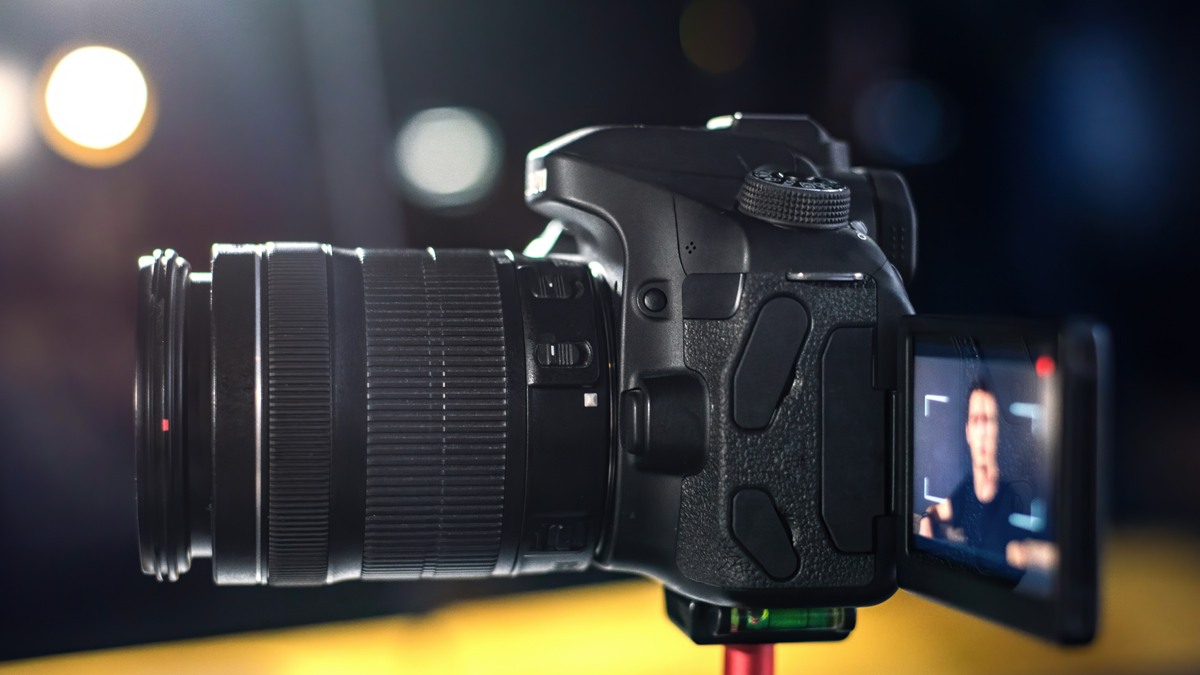Modern cinema is witnessing rapid innovation in sensor technology, fundamentally reshaping how films are captured and processed. The evolution of imaging sensors drives creative decisions and technical precision on set. Among these groundbreaking developments, the debate encapsulated by CMOS vs. CCD in Modern Cinema Cameras has sparked interest among cinematographers, engineers, and filmmakers alike. As sensor design continuously advances, these technologies are setting new industry standards for image quality, dynamic range, and workflow integration, ensuring future productions are more visually compelling and operationally efficient.
| Table of Contents | |
|---|---|
| I. | Sensor Architecture and Pixel Design |
| II. | Dynamic Range, Noise Performance, and Low-Light Sensitivity |
| III. | Readout Speed, Data Throughput, and Signal Processing |
| IV. | Integration with In-Camera Processing and Digital Workflows |
| V. | Power Consumption, Heat Management, and Sensor Reliability |
| VI. | Color Reproduction, Spectral Response, and Image Rendering |
| VII. | High Dynamic Range (HDR) Imaging and Exposure Control |
| VIII. | Advancements in Semiconductor Materials and Fabrication Technologies |
| IX. | Global Shutter vs. Rolling Shutter Technologies and Artifact Management |
| X. | Emerging Trends and Next-Generation Sensor Innovations |
Sensor Architecture and Pixel Design
In today’s imaging landscape, sensor architecture and pixel design are crucial aspects that define overall camera performance. Engineers optimize pixel geometry and layout to improve sensitivity and reduce noise. The ongoing evaluation between CMOS vs. CCD in Modern Cinema Cameras highlights significant differences in pixel behavior, which influence resolution and light collection efficiency. Such design choices directly impact the sensor’s ability to capture fine details, offering diverse creative options while balancing technical constraints and manufacturing capabilities.
Dynamic Range, Noise Performance, and Low-Light Sensitivity
Dynamic range and noise performance remain at the forefront when assessing sensor quality. Modern cinema cameras must operate across vast lighting conditions without sacrificing detail. In comparisons of CMOS vs. CCD in Modern Cinema Cameras, sensors employing complementary metal-oxide semiconductor technology tend to excel in noise reduction and low-light sensitivity. Their advanced circuitry facilitates enhanced signal processing, resulting in cleaner images even under challenging lighting scenarios. This refined capability allows cinematographers to achieve optimal exposure and preserve image nuances.
Readout Speed, Data Throughput, and Signal Processing
Efficient readout speed and data throughput are essential for capturing fast-paced motion and high-resolution imagery. By integrating robust signal processing, modern sensors enable rapid conversion of light into digital signals. Evaluating CMOS vs. CCD in Modern Cinema Cameras reveals that CMOS sensors typically provide faster readout speeds, which minimizes rolling shutter artifacts and supports higher frame rate recording. Improved data pipelines ensure seamless integration with post-production workflows, offering filmmakers the flexibility required for next-generation cinematic storytelling.
Integration with In-Camera Processing and Digital Workflows
Seamless integration with in-camera processing is a defining factor in modern cinematography. Advanced sensor platforms now incorporate embedded processors that manage real-time image adjustments and metadata generation. In the context of CMOS vs. CCD in Modern Cinema Cameras, the integration often favors CMOS technology, which enables efficient digital workflows and on-the-fly color correction. This integration streamlines the production process, reducing the need for extensive post-processing while ensuring that creative decisions are reflected accurately throughout the shooting and editing phases.
Power Consumption, Heat Management, and Sensor Reliability
In modern sensor design, power consumption and heat management are critical for ensuring long filming sessions without performance degradation. Balanced power efficiency is essential not only for battery-operated cameras but also for maintaining low operating temperatures. In examining CMOS vs. CCD in Modern Cinema Cameras, CMOS sensors typically consume less power and are engineered to manage heat more effectively. This results in improved sensor reliability and longer life spans, thereby reducing the risk of overheating during intensive shooting schedules and high-resolution capture sessions.
Color Reproduction, Spectral Response, and Image Rendering
Color reproduction and spectral response significantly influence the aesthetic quality of digital images. Sensors must accurately render a broad range of hues while maintaining consistent image fidelity. When considering CMOS vs. CCD in Modern Cinema Cameras, advancements in CMOS sensor technology have pushed the envelope in achieving precise color reproduction. Innovations in pixel design and filtering techniques ensure that spectral response is finely tuned, leading to vibrant image rendering with high detail and accurate color balance. These improvements enhance storytelling through visually stunning cinematography.
High Dynamic Range (HDR) Imaging and Exposure Control
High dynamic range imaging is pivotal in capturing scenes with significant contrasts between light and dark areas. Effective exposure control ensures that both highlights and shadows retain detail. In debates like CMOS vs. CCD in Modern Cinema Cameras, the ability to capture HDR footage is largely influenced by the sensor’s readout and processing capabilities. Modern CMOS sensors are often engineered to handle a wider dynamic range, delivering superior exposure control and less highlight clipping. This technological edge allows filmmakers to maintain rich detail and mood across diverse lighting conditions.
Advancements in Semiconductor Materials and Fabrication Technologies
Continuous progress in semiconductor materials and fabrication techniques is a cornerstone of sensor innovation. Manufacturers are integrating novel materials and employing refined production processes to enhance sensor performance. In the context of CMOS vs. CCD in Modern Cinema Cameras, newer semiconductor technologies have improved CMOS sensor efficiency, leading to better light sensitivity and reduced noise. These advancements not only increase the robustness of the sensors but also enable more compact and power-efficient designs, positioning modern cinema cameras at the forefront of imaging technology.
Global Shutter vs. Rolling Shutter Technologies and Artifact Management
The ongoing evolution of shutter technologies plays a significant role in image quality and artifact management. Global shutter implementations capture the entire scene simultaneously, eliminating distortion, while rolling shutters expose different portions sequentially. Comparisons within CMOS vs. CCD in Modern Cinema Cameras demonstrate that advanced CMOS sensors can offer global shutter options, significantly reducing motion artifacts in high-speed imaging. However, innovations in rolling shutter designs are also promising, providing filmmakers with various creative and technical solutions to overcome artifact challenges while maintaining image integrity.
Emerging Trends and Next-Generation Sensor Innovations
As the industry continually pushes forward, emerging trends in sensor technology promise even greater breakthroughs in image quality and versatility. Future iterations of both CMOS and CCD sensors are exploring hybrid architectures and enhanced processing algorithms. In-depth discussions on CMOS vs. CCD in Modern Cinema Cameras reveal an industry keen on adopting new innovations that blend the best of both worlds. These next-generation sensor technologies are not only focused on higher resolution and speed but also on smarter image optimization, ensuring that the cinematic experience remains immersive and ever-evolving.

